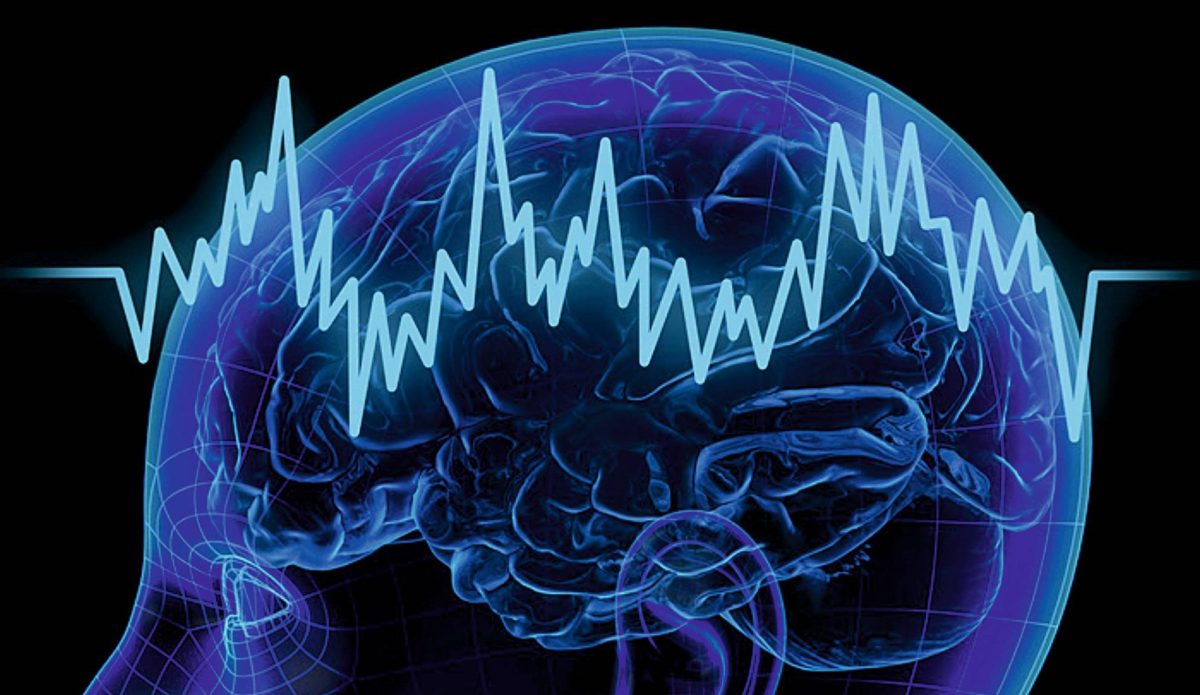Private Companies
Study Shows New Mechanism For How Psychedelics Promote Plasticity
A study published in Nature shows potential new way for how psychedelics act on the brain and promote plasticity
The post Study Shows New Mechanism For…

“New study shows psychedelics promote plasticity by directly binding to BDNF receptor Trk”
I’m not gonna lie, I had to Google “BDNF receptor”.
And “Trk”.
Yet despite my understandable ignorance, it seems like we’ve received interesting new research on how psychedelics bind to receptors in the brain. A new study published in Nature posits that psychedelics express their significant antidepressant and neuroplastic effects by binding to receptors of the molecule brain-derived neurotrophic factor (BDNF).
With the serotonin 5-HT2A receptor getting most of the attention in psychedelic science circles, this new data could potentially change how we study psychedelics and develop future compounds. The research also theorizes that the antidepressant effects gained from psychedelics could potentially be separated from the trippy hallucinations.
But I’ll stop before I put my layman’s foot in my mouth — and default to the experts and publishers of the research. See their quotes and tweets below explaining some of the results.
We recently reported that pharmacologically diverse antidepressants, including fluoxetine and ketamine, act by binding to TrkB, the receptor for BDNF. Here we show that lysergic acid diethylamide (LSD) and psilocin directly bind to TrkB with affinities 1,000-fold higher than those for other antidepressants, and that psychedelics and antidepressants bind to distinct but partially overlapping sites within the transmembrane domain of TrkB dimers.
In a feat of multidisciplinary research led by @castren_eero lab, we uncover a new mechanism for psychedelics w/therapeutic potential: TrkB binding mediates neuroplasticity & antidepressant effects of LSD & psilocin, independent of hallucinogenic action. https://t.co/AlxH9zDLaz
— Rafael Moliner (@RafaelMoliner) June 5, 2023
TrkB binding affinities of conventional ADs are low. We now found psychedelics show different binding modes & have ~1000x higher affinities for TrkB than other ADs; this may explain their robust effects on plasticity as well as psychedelics’ faster & longer-lasting AD actions! 3/ pic.twitter.com/xXLa5Omq89
— Rafael Moliner (@RafaelMoliner) June 5, 2023
And some meme fun from the psychedelic science nerds.
summary of current #psychedelic twitter pic.twitter.com/IjiQP7uE4S
— Balázs Szigeti (@psybalazs) June 6, 2023
The post Study Shows New Mechanism For How Psychedelics Promote Plasticity appeared first on Microdose.
lsd lysergic acid ketamine psychedelic antidepressant serotonin hallucinogenic psychedelics psychedelic science research
-

 Psychedelics1 week ago
Psychedelics1 week agoCybin Announces Grant of Additional U.S. Patent in Support of its CYB003 Breakthrough Therapy Program for Major Depressive Disorder
-

 Law & Regulation1 week ago
Law & Regulation1 week agoGoing concern warnings cloud Xtacy Therapeutics’ shrunk losses
-

 Psilocybin1 week ago
Psilocybin1 week agoAre Shrooms Legal in Oregon: Full Guide
-

 Psychedelics1 week ago
Psychedelics1 week agoOptimi Health Achieves Milestone: Completes In-House Production of MDMA Active Pharmaceutical Ingredient (API)
-

 Psychedelics1 week ago
Psychedelics1 week agoAtai Life Sciences Announces the Publication of Beckley Psytech’s Phase 1 Study of BPL-003 in the Journal of Psychopharmacology
-

 Psychedelics1 week ago
Psychedelics1 week agoPsyence Group’s NASDAQ Listed Associate, Psyence Biomedical Partners with Fluence and iNGENū CRO to Train Research Therapists for Phase IIb Psilocybin Trial
-

 Law & Regulation1 week ago
Law & Regulation1 week agoClearmind signs agreement with Hebrew University for psychedelic compound rights
-

 Psychedelics1 week ago
Psychedelics1 week agoRevive Therapeutics Announces FDA Acceptance of Meeting Request for Long COVID Diagnostic Product








